Let me preface this with a disclaimer that I'm not familiar with your particular toolset.
If you haven't enabled hardware breakpoints, the only remaining breakpoint type is a software breakpoint. These are only hit (on x86 because that's what I'm most familiar with) when you replace the first byte of an instruction with a trap instruction, and will only be routed through the breakpoint mechanism of your OS to your debugger if the correct trap instruction for your OS is used and the debugger has already registered itself with the OS as a debugger for this process. In order to cause the software breakpoint to happen at the correct moment, the trap instruction must be written into your code segment over the first byte of your correct instruction.
The two answers that got here first explain the two scenarios which could get you here (at least, the only two I can think of):
The kernel always has write access everywhere, except for hardware-protected pages (ie on some sort of ROM), which your process' memory is almost certainly not. It has the ability to write the breakpoint instruction regardless of the permissions exposed to the user process being debugged.
The debugger must use some syscall to change the access rights on the memory of the target process before inserting the breakpoint.
Personally, I'm guessing the first thing is happening. The segment permissions are only in place to protect your target process from itself, not from a debugger process or from the kernel. Debugging mechanisms in operating systems pretty regularly violate "normal" permissions to allow the debugger to do whatever it wants to the target process. This, of course, is why some operating systems require you to enter a password before you're allowed to use the debugger in certain scenarios.
However, you can test if it's the second one by attempting to write to the code segment from inside the target process after a breakpoint has been set. If the write succeeds, you know the permissions have been lowered by the OS (to allow the process to be debugged). It would be pretty awkward for the OS to require a debugger to jump through this hoop since it can already insert arbitrary code into the writeable parts of memory and then force a jump to it by generating a stack frame overflow.
